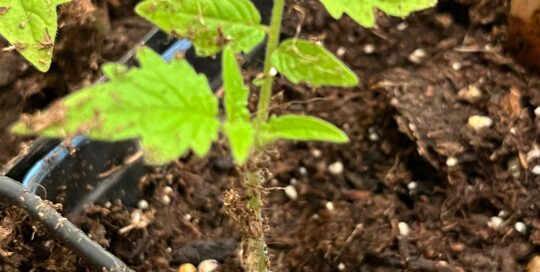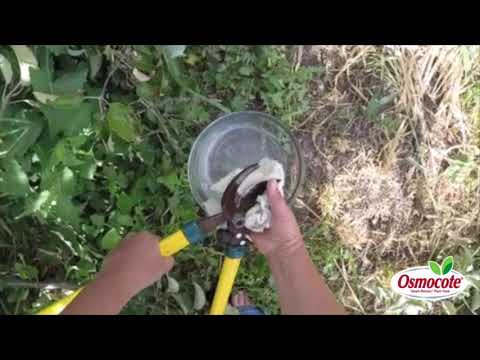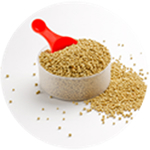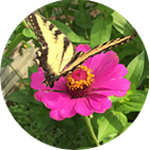DIY Pest Solutions for Indoor Plants
Views: 938
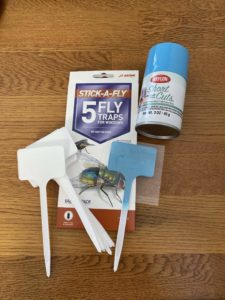
When you have a problem with gnats, thrips, or whiteflies, you don’t want to wait to order online. I ran into our local garden center a couple of weeks ago looking for blue sticky traps. I guess it’s the season for tiny pests on indoor plants because the salesperson told me a man just bought all they had. The good news is there is an easy way to make your own in a pinch.
When and how to transplant a houseplant
DIY Pest Solutions – sticky traps
Sticky traps are a handy, low-risk tool in your pest control arsenal. They’re typically found in yellow or blue. The one you use depends on the target species. The light blue is specifically for thrips since they respond to the 400-550 nm wavelength. The yellow trap, which is 580 nm, is suited for whiteflies, aphids, and several other species. If you’re monitoring your plants to figure out what is eating them, use the yellow trap. If thrips are an issue, go with the blue.
To make your own sticky traps you’ll need plastic plant tags with tops that are at least 2 inches by 1.5 inches, yellow or blue spray paint, and clear, rectangular fly traps. Stepping outside, use the spray paint (and I just picked up a small can at a craft shop) to spritz the plant tag. Bring it inside, set it on newspaper or somewhere where it won’t drip paint on furniture, and allow it to dry.
Once the paint is no longer tacky, cut one of the fly traps in half, peel off the adhesive strip, and place it on the top of the plant tag. Voila! You have a make-do sticky trap. Place several of these in your container to monitor your pest level or capture specific species. It’s easy to peel off the sticky part when the trap is filled (or dusty). If a little of the paint comes off during this process, simply give it a quick spritz. You are ready to go again.
DIY pest solutions – sprays for plants
If you have aphids, scales, or spider mites, it’s better to spray the plant directly than to rely on a sticky trap. In this case, you can also make your own. A simple soap solution is a quick and easy way to go, but be careful to mix it correctly. Too much of a good thing can harm your plants.
Control Houseplant Insect Pests Safely
Soap spray for aphids
A mild, liquid hand soap is the easiest ingredient, and one that is less likely to burn your plants, to use. Keep the dilution to only 2-3 percent, which translates into 2-3 teaspoons of soap per pint of water. Spray the plant thoroughly, including on the undersides of the leaves.
DIY horticultural oil
To make an oil spray to suffocate scale, thrips, or mites, mix a tablespoon of water and 1 cup of vegetable oil in one quart of water. Shake this before you spray it. If you have mites, be sure to soak the soil, too.
Both of the sprays might need to be repeated every week or so, depending on the level of pest pressure. Just keep an eye on the creepy crawlies to determine if you need to keep treating them.
Having indoor plants means you’ll have to deal with pests at some point. Thankfully, it’s easy to whip up a few quick remedies to keep your plants healthy and pest free.
Meet Amy Grisak
Amy is a freelance author and photographer in Great Falls, MT who specializes in gardening, foods, and sustainable agriculture. She provides information on every kind…
Amy's Recent Posts
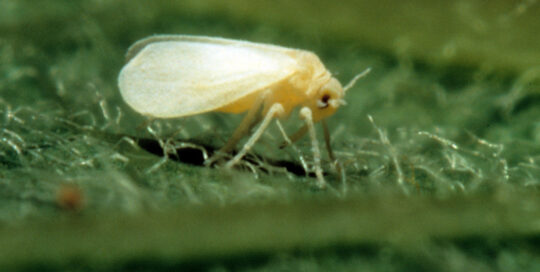
Watch Out for Silverleaf Whiteflies
